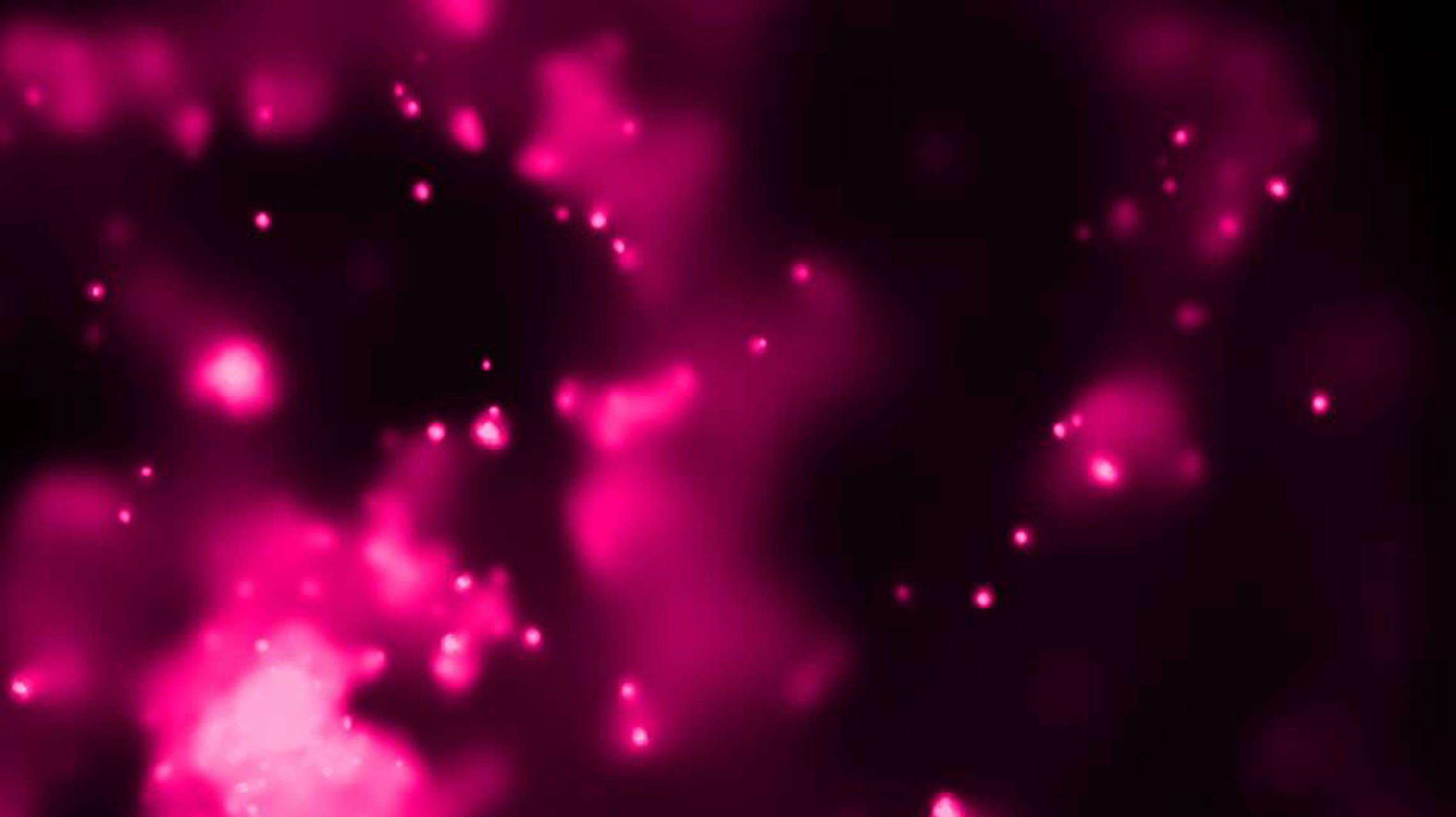Create a free profile to get unlimited access to exclusive videos, sweepstakes, and more!
Something woke the beast...the black hole, that is

If a black hole seems to be asleep and is not voraciously feeding, what happens when something wakes the beast?
Why not just one, but two of these leviathans even woke up is the question that researcher Riccardo Arcodia of the Max Planck Institute of Extraterrestrial Physics sought to answer. What were once quiescent, or inactive, black holes in two galaxies observed by the SRG/eROSITA all-sky survey suddenly got lit by a force or interaction that can only be hypothesized about for now. What is obvious is that they have morphed into massive X-ray-spewing quasars or active galactic nuclei (AGNs) whose brightness can outshine an entire galaxy.
The unexpected awakening of these previously “asleep” black holes could tell us more about the smallest supermassive black holes in the universe, if you consider small to mean anywhere between 100,000 and 10 million times the mass of our Sun.
“Most of the smaller galaxies out there are usually missed in our searches because they are fainter,” Arcodia, who led a study recently published in Nature, told SYFY WIRE. “The co-evolution of supermassive black holes with their host galaxies is usually more known and studied for galaxies bigger than the Milky Way and black holes more massive than the one at its center.”
When exactly these black holes opened their proverbial eyes is unknown, and they possibly could have before eRosita glimpsed them. Whatever disturbed their slumber is also a mystery. The galaxies these black holes were hiding in were relatively quiet until something flipped a switch. There were no cosmic fireworks of any sort, and no existing accretion disc, or all the star stuff that gets pulled in by a black hole’s gravity and swirls closer and closer to its gaping maw until it passes the point of no return and is never seen again. Arcodia and his colleagues believe that there one thing could possibly have been the trigger.
Even sleeping black holes still have enormous amounts of gravity. That gravity can pull something in if it gets close enough. In the case of both of these galaxies, neither of their spectra indicated the presence of an accretion disc, but a small, compact object that ventures close enough can ignite a black hole’s appetite. It can possibly set off a quasi-periodic eruption (QPE) that involves intense bursts of X-rays being belched into space from the supermassive black hole that is the nucleus of a galaxy. Most QPEs are associated with binary systems. In this case, any orbiting object would have to be much smaller.
“With data incoming over the next year, we aim to test the scenario of a second compact object orbiting around our bigger, albeit "small" overall, black holes,” Arcodia said. “With these extreme bursts of X-ray radiation, two of them just made themselves known and events like these could tell us at least one way to activate the smallest supermassive black holes within the smallest galaxies.”
eROSITA searches the sky for X-ray sources that stand out, and QPEs have only ever been detected by the X-rays they emit. The first one of the newer QPEs it saw gave off an initially strong signal that grew fainter and then bright again, and the second was similar. Further observations with the XMM-Newton X-ray telescope showed the same cycle of erratic bursts in the first galaxy observed. It had to be a pulsar, flashing much brighter than its normally faint galaxy and basically screaming out that it wanted the universe to know it existed. The second galaxy XMM-Newton zeroed in on showed a similar type of behavior.
Though what exactly woke either of these black holes remains a mystery, Arcodia believes that the gravitational wave signals they emit could possibly give away something about the origins of these phenomena.
“The detection of gravitational waves from such systems would be the smoking gun of a binary system of compact objects,” he said. “Unfortunately, only LISA will be sensitive to them and it will be launched in the next decade.”
Just don’t creep into the center of an otherwise sleeping galaxy and wake anything until then.















